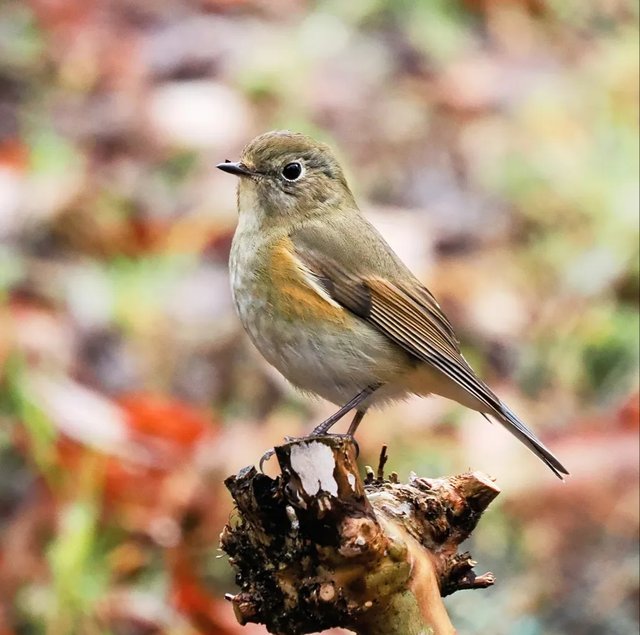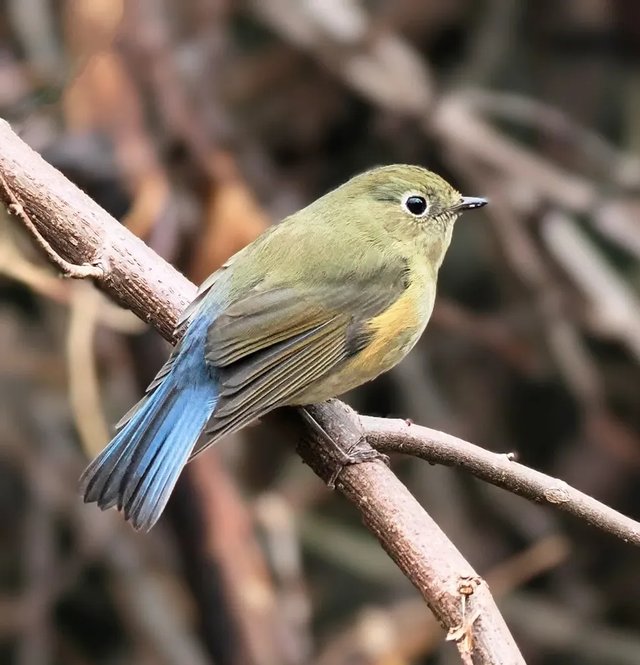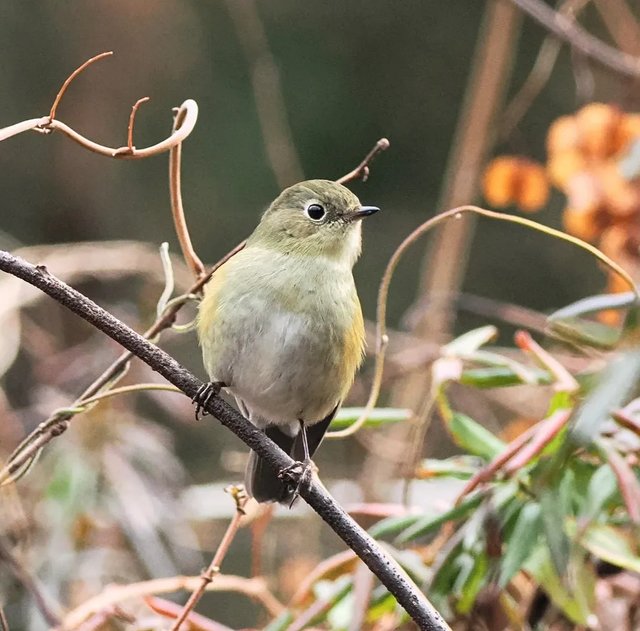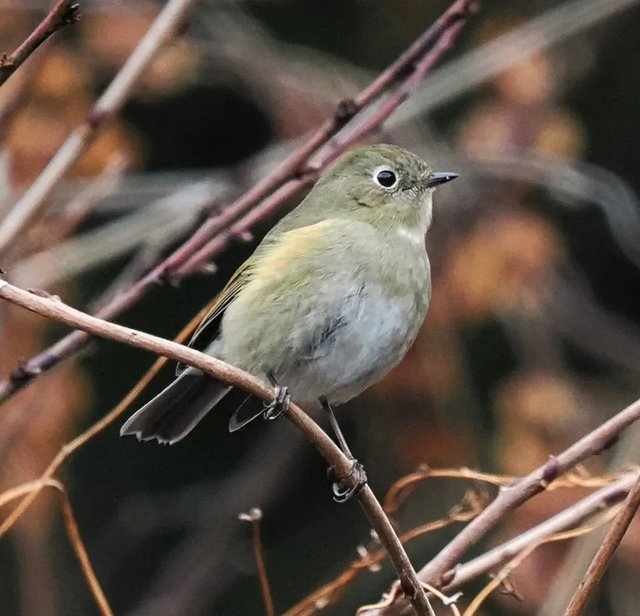The Red-Flanked Bluetail: A Jewel of the Forest
The Red-flanked Bluetail is a strikingly beautiful bird that captivates birdwatchers and ornithologists alike. With its vibrant blue plumage, delicate orange flanks, and elusive nature, this small songbird is a true gem of the forest. Often referred to as the "Siberian Blue Robin," this species has gained attention in recent years due to its expanding range and increasing sightings in new territories.
Taxonomy and Classification
The Red-flanked Bluetail belongs to the family Muscicapidae, which includes the Old World flycatchers and chats. It was once classified under the thrush family but later reassigned due to its closer genetic relationship with flycatchers. It is part of the genus Tarsiger, which comprises several species of small, brightly colored forest birds.
Physical Characteristics
This bird is known for its eye-catching appearance.
Males have a brilliant blue upper body, a white throat, and orange or reddish flanks.
Females and juveniles are less striking, displaying brownish-gray plumage with hints of blue on their tails and wings. This dimorphism helps females blend into their surroundings, offering better protection from predators.
The bird measures around 13–14 cm in length, with a wingspan of 20–22 cm.
Habitat and Distribution
The Red-flanked Bluetail is primarily found in the boreal forests of northern Eurasia, spanning from Scandinavia and Russia to parts of China, Korea, and Japan. During the breeding season, it inhabits dense coniferous forests, favoring spruce and fir trees.
In the winter months, it migrates south to warmer regions, including parts of Southeast Asia and southern China. Interestingly, in recent years, there have been increasing reports of this species in western Europe, with sightings in the United Kingdom, France, and other areas. This range expansion could be linked to climate change or shifting migration patterns.
Behavior and Diet
The Red-flanked Bluetail is a secretive and shy bird, often staying hidden in the undergrowth. However, with patience, birdwatchers may spot it perching on low branches or darting between trees.
It is primarily insectivorous, feeding on insects, spiders, and other small invertebrates.
In colder months, it may consume berries and small fruits when insects are scarce.
The bird often forages close to the ground, using quick, darting movements to catch its prey.
Breeding and Reproduction
During the breeding season, which typically runs from May to July, males establish territories and attract females through song. The song is a soft, melodic warble, often delivered from a hidden perch.




%20(10).jpeg)